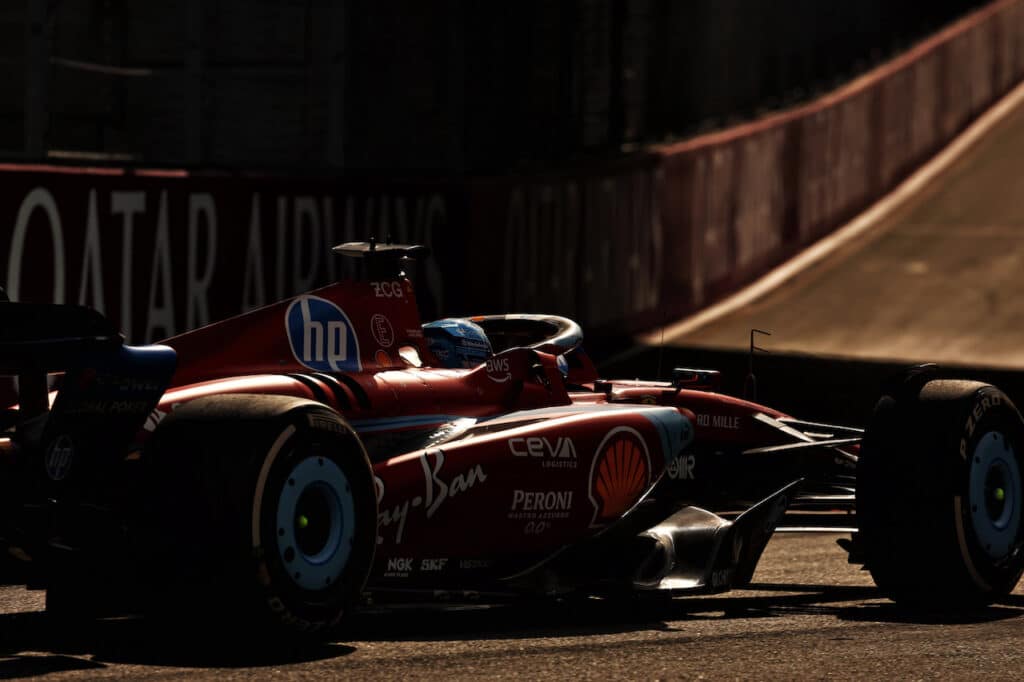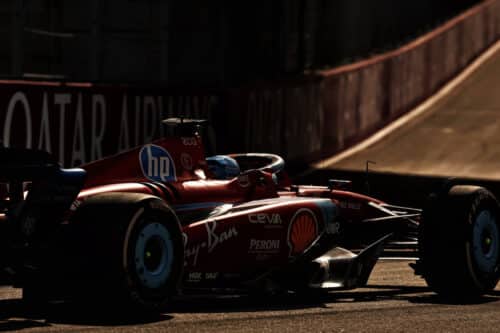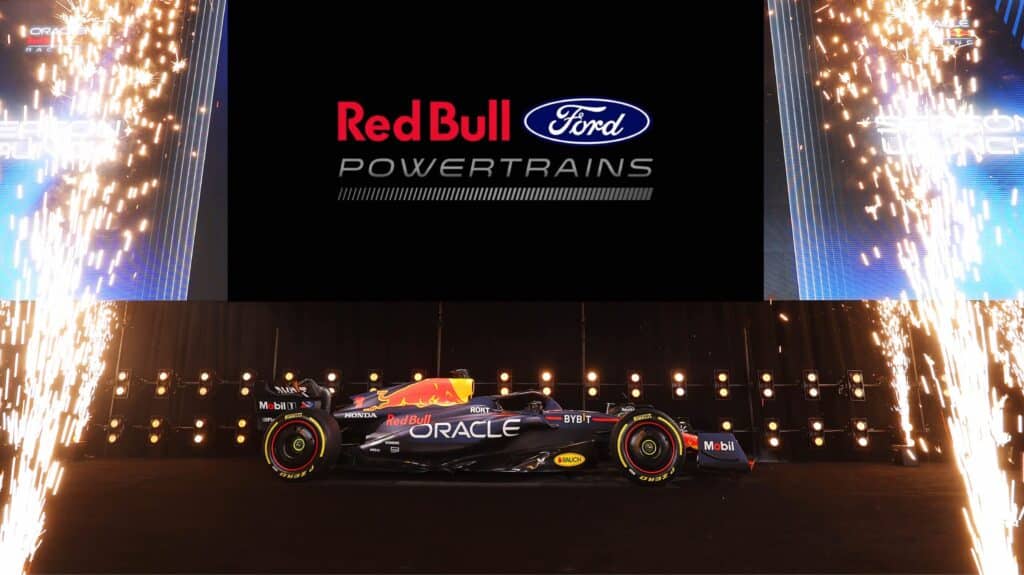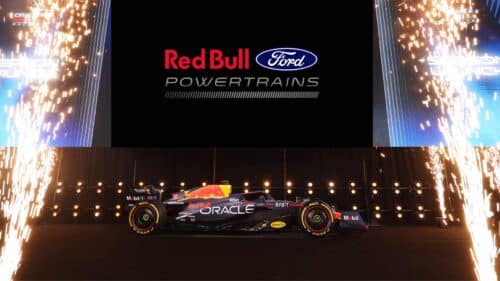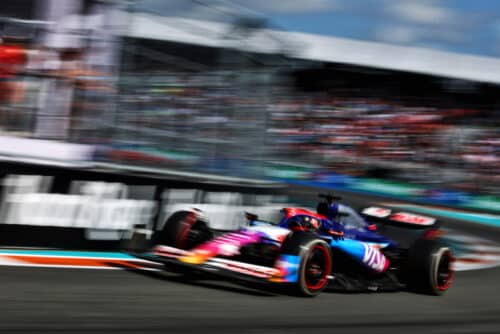Clay Regazzoni Story – part two

As already said at the end of the last one article, Regazzoni by signing with Ferrari not only had the opportunity to race in the Prototype and Endurance championships, but to land directly in Formula One.
Thus his debut in the top series took place in 1970 aboard the Maranello red car. He raced his first Grand Prix in Holland, on the Zandvoort circuit, finishing fourth behind renowned drivers such as Rindt, Stewart and teammate Ickx. He therefore immediately made us understand his fighting spirit, standing out for particular instinctive qualities and courage. In Great Britain he again came fourth, while in Germany he had to retire due to engine failure. In Austria he achieved his first podium, coming second – still behind Ickx – less than a second behind, while his third came after more than a minute. But it was in Monza that Clay achieved his first important goal: on the weekend in which Jochen Rindt (posthumous champion of the season) died, the Swiss achieved his first victory, ahead of Jackie Stewart and Beltoise. Two further second places in Canada and Mexico allowed him to reach 3rd place in the drivers' standings at the end of the season.
In the '71 and '72 seasons he achieved poor results, due to a crisis in the Italian team: only four times on the podium in South Africa, Holland and Germany in 1971, Spain in 1972, always finishing third. Hence the choice to temporarily abandon Ferrari to move to BRM, where he will however obtain even more unsatisfactory results and which will bring him back to the prancing horse's stable, but not alone. Well, when signing the agreement with Drake, Regazzoni had expressed the desire to have a very promising young man, Niki Lauda, as a teammate. The two had been teammates the previous year and Clay had the opportunity to see the young Austrian's skills up close, enough to convince Ferrari to hire him. A choice that paid off for him.
Having formed a solid group with the Regazzoni - Lauda duo, the sporting director Luca Cordero di Montezemolo and the technical director Mauro Forghieri, the 1974 season began with particular motivation, concentrating technical development on two sides: not so much for the current season but more for the following ones. In truth, the Ferrari 312 B3-74 proved itself to be a single-seater capable of competing for the world title, leading Regazzoni to come close to winning the title. There was one victory, four second places and two thirds, plus several fourth and fifth places. However, at the final race, held in the United States, the suspension of the single-seater gave way, forcing Regazzoni to retire and effectively handing the title into the hands of Emerson Fittipaldi, winner with 55 points in the drivers' standings, 3 more than the Swiss.
A role as first guide could have been envisaged for subsequent years, but that didn't happen. At Ferrari it was decided to focus on the promising Lauda, who effectively brought the team back to the top. After an intervention by Ferrari himself, who defined it “loose time pilot” in front of the Rai cameras, the definitive separation between Regazzoni and Maranello took place. Therefore he sought agreements with teams such as Brabham, but a veto was imposed by Carlos Pace forced him to fall back on the Ensign for the 1977 season and the Shadow in 1978. They were two dull years, in which he never saw the podium. Then he was called up by Frank Williams for the 1979 season, a possible redemption. Paired with Alan Jones he achieved good placings in the second part of the season, bringing the English team its first victory at Silverstone, two second places (a memorable one in Monaco, where he started from the eighth row) and two third places, finishing fifth in the drivers' championship . However, his contract was not renewed and he was replaced by Reutemann, who by a strange twist of fate had replaced him two years earlier at Ferrari.
In 1980 he again raced for Ensign, however in the fourth race of the championship, on the Long Beach circuit, he was involved in a serious accident. On lap 51 of the American Grand Prix his car's braking system failed, launching him at 270 km/h into Ricardo Zunino's car, which remained stationary along the escape route. The deep wounds to his spine left him paraplegic and not even a second operation could improve his condition.
Confined to a wheelchair, Clay never abandoned the world of racing, managing to take part in some rallies with a specially modified car. He proved to be a skilled sports commentator and the help he gave in the integration of disabled people into sport was important. He lost his life while driving a car, but neither on the track nor during a rally, but along the A1 motorway. The cause was a sudden illness that left him with no escape, killing him at the age of 67, on the afternoon of December 15, 2006.
Enzo Ferrari wrote about him: «Viveur, danseur, footballer, tennis player and, in his spare time, pilot: this is how I defined Clay Regazzoni, the brilliant, timeless Clay, the ideal guest of honor for the most disparate fashionable events, a great resource for women's magazines. I contacted him since 1969 (…). The following year he won a memorable Italian Grand Prix in Monza. Then he refined himself, in terms of style and temperament, which he was among the most daring, until he became an excellent professional. His opponents have always respected him.»
Andrea Villa
if you want to always be updated on our news
Follow us here
